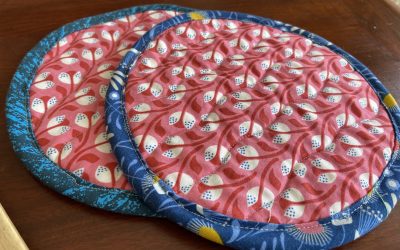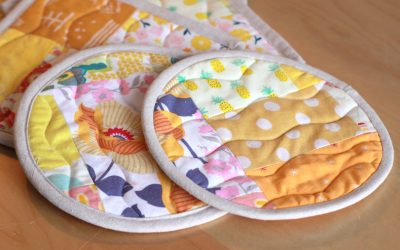HI! This is a tutorial I first published on Sew Mama Sew back in December 2015. That website is no longer working so I wanted to make sure you could still make these adorable scrappy pillows…
After you have been sewing for awhile, you realize that scrap busting is an important part of keeping your fabric stash healthy. You can get a huge pile pretty quickly if you aren’t careful. Already have that huge pile? Don’t worry, I do too! A few weeks ago, I knew it was time for a purge, and this project was a great opportunity to make beautiful pillows, showcase some favorite scraps, and really make a big dent in that pile of little fabric pieces.

.
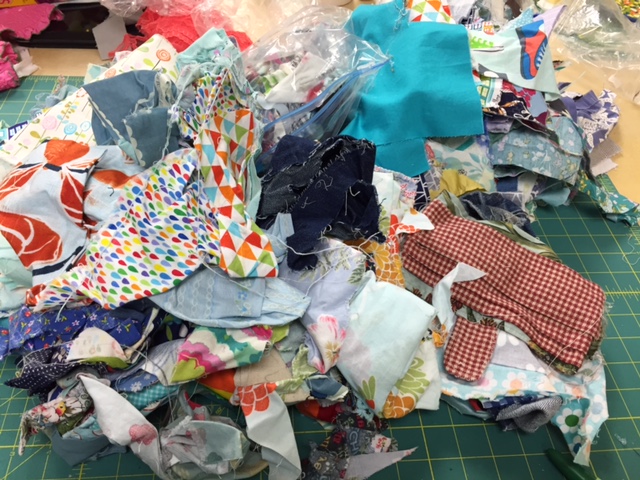
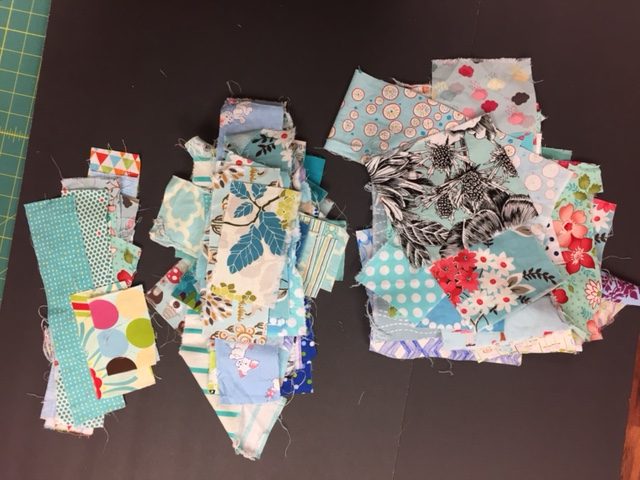

Want to make more like this?
I have a great pattern to take your skills to the next level!

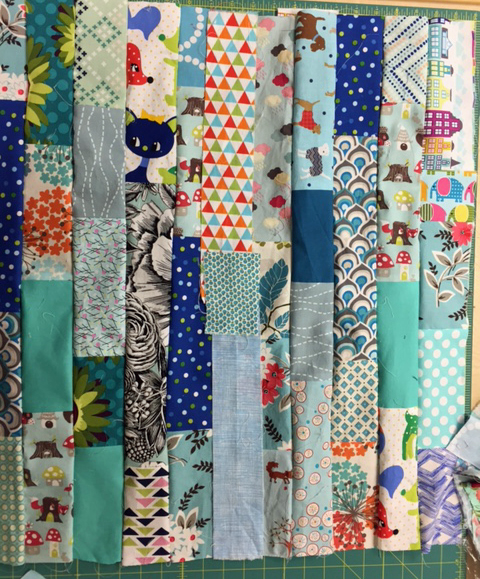

The next step is to quilt the pillow tops. Cut the 30” x 60” piece in half to make two 30” square pieces. This will give batting that is about 5.5” wider on all sides than the 27” pieces. Put one of the batting pieces aside, and then center, pin and quilt the top piece with your preferred method onto the batting. You can see from the photo below that I choose to do vertical lines every 1” or so.
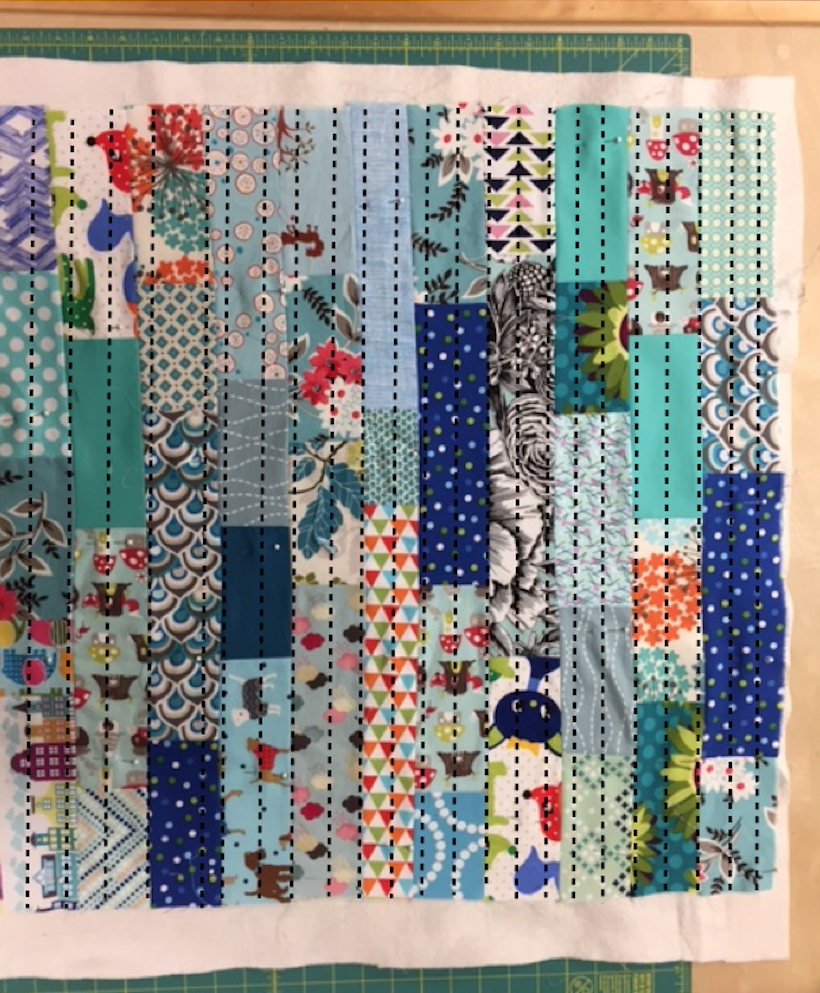

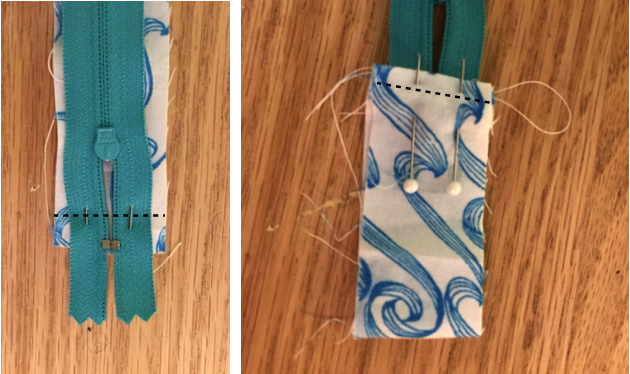
Pin the zipper to one edge of the pillow front (or back) right/ top sides together. See photo below. Using a zipper foot, sew the zipper in place. Repeat with the other front side of the zipper and the other pillow side.
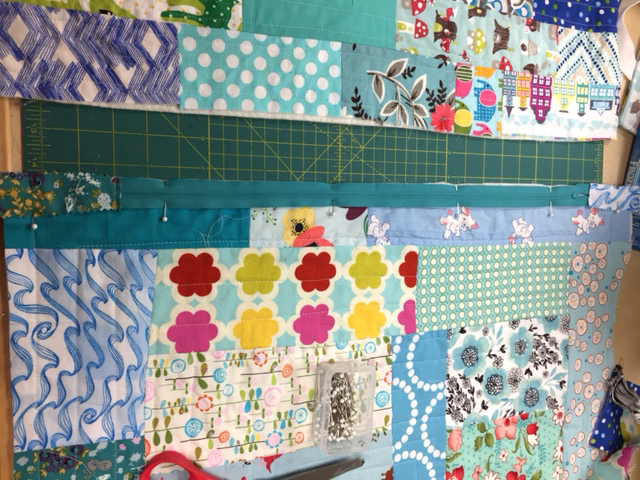
Next cut 2 pieces of lining fabric that are the size of your pillow form. For the one I am making, it will be two 27” pieces.
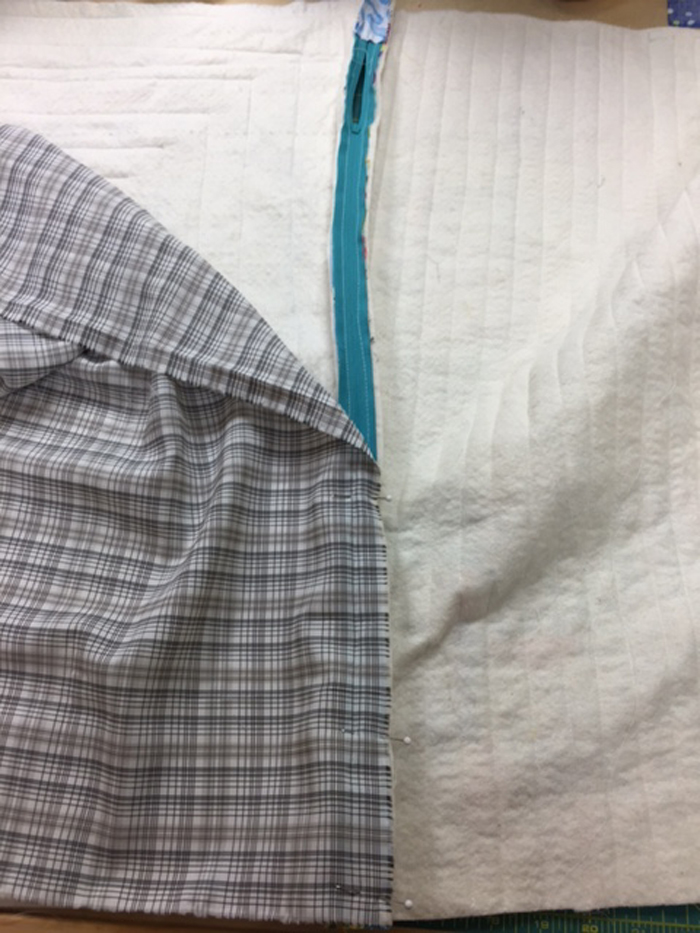
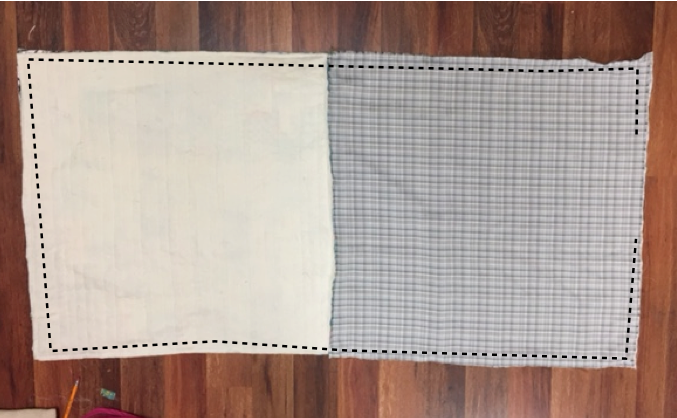
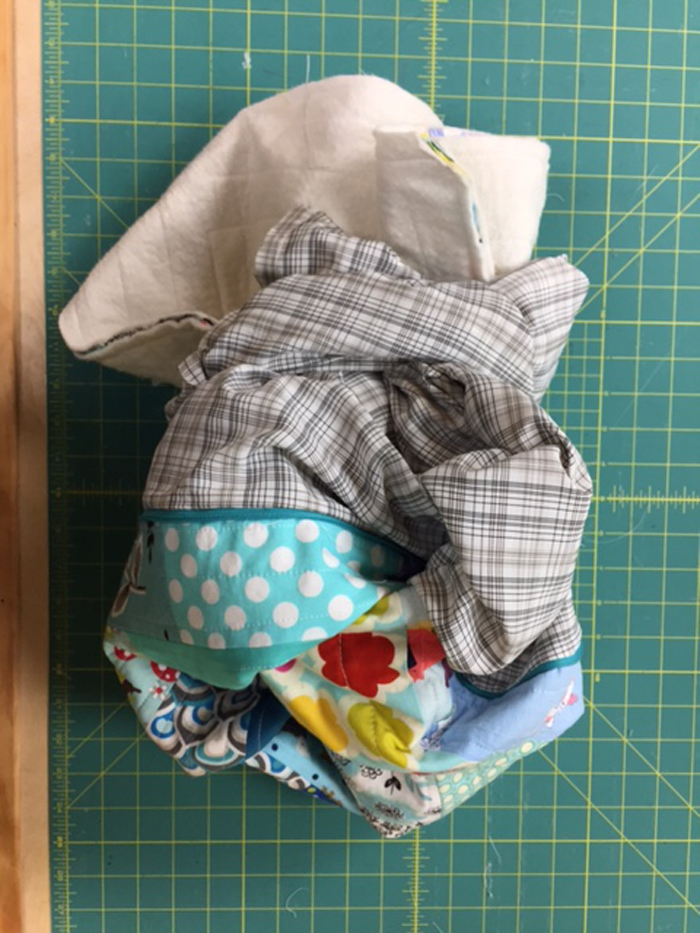
Push the lining inside the exterior, zip closed and press thoroughly.
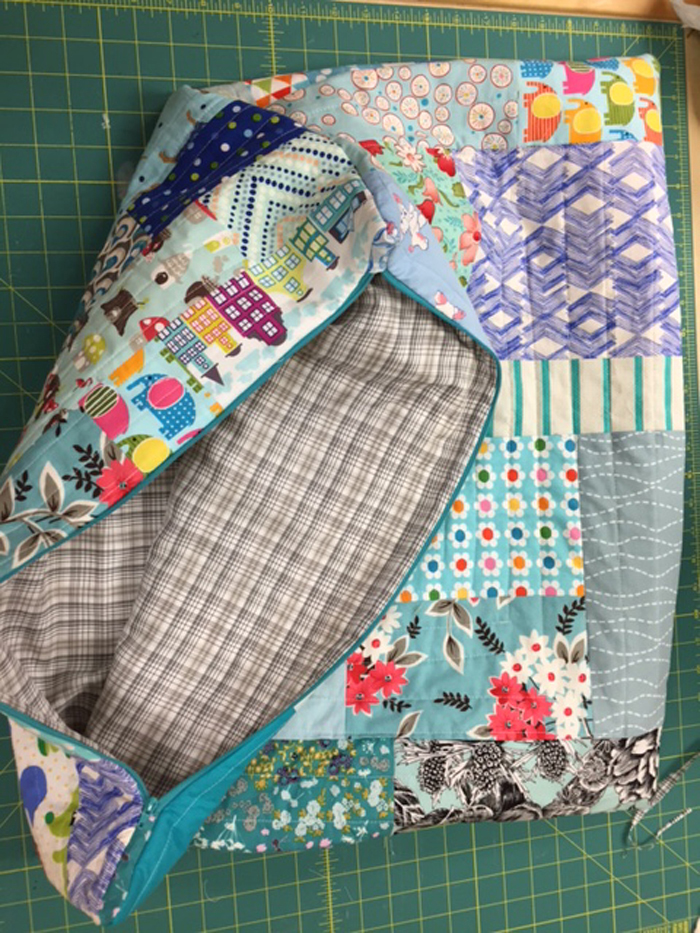
Insert your pillow form and admire your beautiful patchwork pillow!

